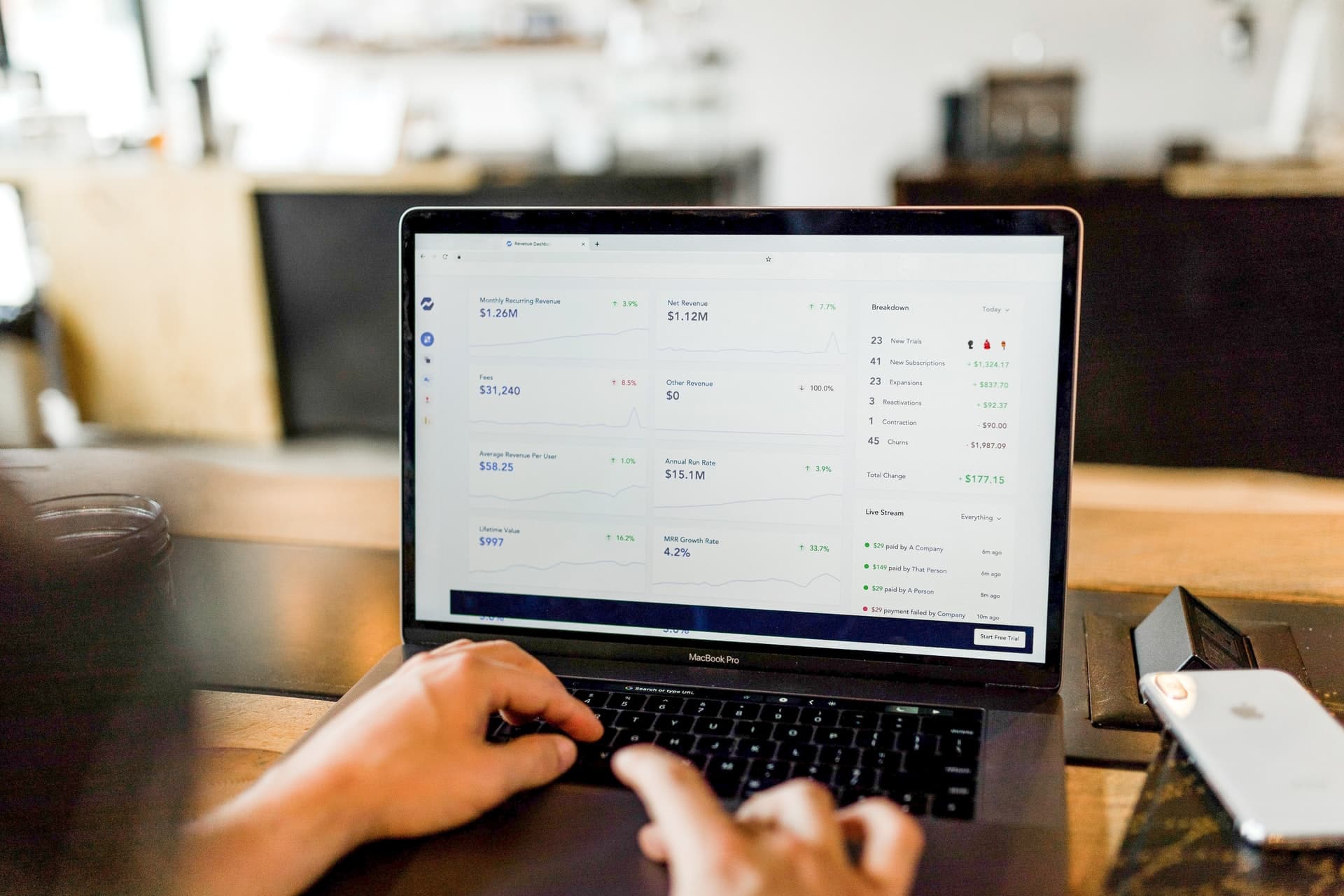By virtue of the fact that shoppers anywhere in the world can purchase goods online, many e-commerce merchants find themselves exporting to countries as far off as Brazil and Indonesia. Whether a company sells fashion items, consumer electronics, or sporting goods, lots of U.S.-based online sellers have seen substantial growth in international orders.
While “going global” should be the goal of most any e-merchant, the additional costs of things like shipping, proper labeling, and destination customs duties (import tax) can quickly turn a great opportunity for growth into a losing proposition. Without the ability to cover such costs, sellers might fill a lot of overseas orders, but it’s likely that their profit margins will be slim.
Of course, the most obvious way to defray the above costs is to compel the overseas buyer to pay for international transportation and customs fees. This is a common practice among companies that sell internationally and is a good way to keep costs down, and profits up. With that said, there are other “tricks of the trade” through which e-commerce merchants can drive costs down further, thus making their international endeavors even more profitable.
IMAGE: UNSPLASH
What Is Duty Drawback?
For e-commerce sellers that import their merchandise and then sell a portion of those goods in foreign markets, there is a U.S. government program known as “Duty Drawback”. Offered through U.S. Customs & Border Protection, “duty drawback” is defined as the refund of duties paid on imported merchandise when those goods are subsequently exported. In other words, if you import the goods you sell online and then ship them to someone overseas, you can recover 99% of the U.S. import duties you originally paid on those specific goods.
To illustrate what we’re talking about, let’s consider a fictitious e-commerce merchant called “Top End Fashions” that imports wearing apparel from China, and then sell those goods online to buyers in both the U.S. and abroad. Because the customs duties paid on fashion goods coming out of China are very high, our friends at Top End can expect to pay upwards of 35% in customs duties when goods are brought into the U.S.
Now, let’s say that Top End is sending 20% of its merchandise to online shoppers in Canada, Latin America, and Europe. From the perspective of duty drawback, that means that if Top End can prove that a) they imported the merchandise and b) a specific amount of the goods were exported, they can recover the U.S. Customs duties that correspond to those exports.
Bearing in mind that the majority of consumer-oriented goods sold online are indeed imported (wearing apparel, footwear, toys, sporting goods, and home décor are all imported), duty drawback is a great deal for qualifying companies. Of course, the trick is to be able to follow all of U.S. Customs’ hefty rules & regulations associated with the program. After all, because the drawback is essentially a tax refund, Uncle Sam isn’t going to surrender those funds without a fight!
The Key To A Successful Duty Drawback Program
Duty Drawback isn’t easy and can appear daunting to companies that are unfamiliar with how it works. For those e-commerce companies interested in pursuing duty drawbacks, the hack lies in using software that automates the compilation of all the aforementioned import and export data. Unfortunately, that’s historically been a lot easier said than done, and even the savviest of companies have been forced to manage this process through a hodge-podge of spreadsheets.
The good news for e-commerce sellers is that because most of them are new to the drawback game, they can begin with a “clean slate”. That means that they don’t have to depend on spreadsheets to manage a drawback program; they can avail themselves of software solutions that not only automate the data compilation process, but that makes it super easy to recover all of the money they’re entitled to.
Make Duty Drawback Easy With 3rdwave
In recognition of the drawback opportunity that now exists for e-commerce merchants, 3rdwave has developed a duty drawback solution that drives the entire process. Enabled by a unique Product Master Database and powered by algorithms that automate both data compilation and that matching of exports to imports, 3rdwave allows claimants to capture every penny of drawback that they’re eligible for.
With the costs of running an e-commerce business constantly going up, merchants have to always be looking for ways to ship to new customers without losing their shirts (pun intended). While lots of companies squeeze profits out of traditional cost-control measures like shipping, the fact is that duty drawback is grossly underused by U.S. companies. In fact, according to U.S. Customs & Border Protection, upwards of $3 billion a year is lost in unclaimed drawback refunds.
So, if you run an e-commerce company that imports goods from overseas and then sell them to customers outside the U.S., you absolutely have to get on the “Drawback Train”. It’s your money, it’s 100% legal and is a great way to keep costs in line and profits in your pocket.
If you are interested in even more business-related articles and information from us here at Bit Rebels, then we have a lot to choose from.


COMMENTS